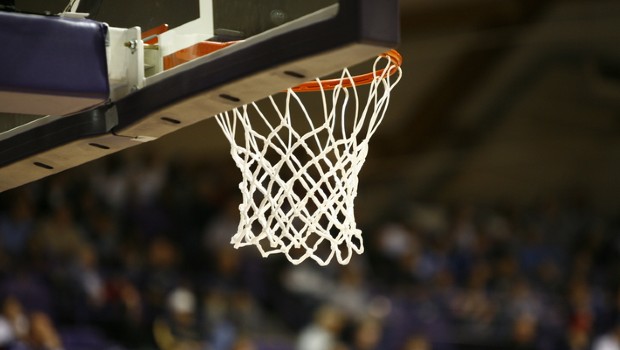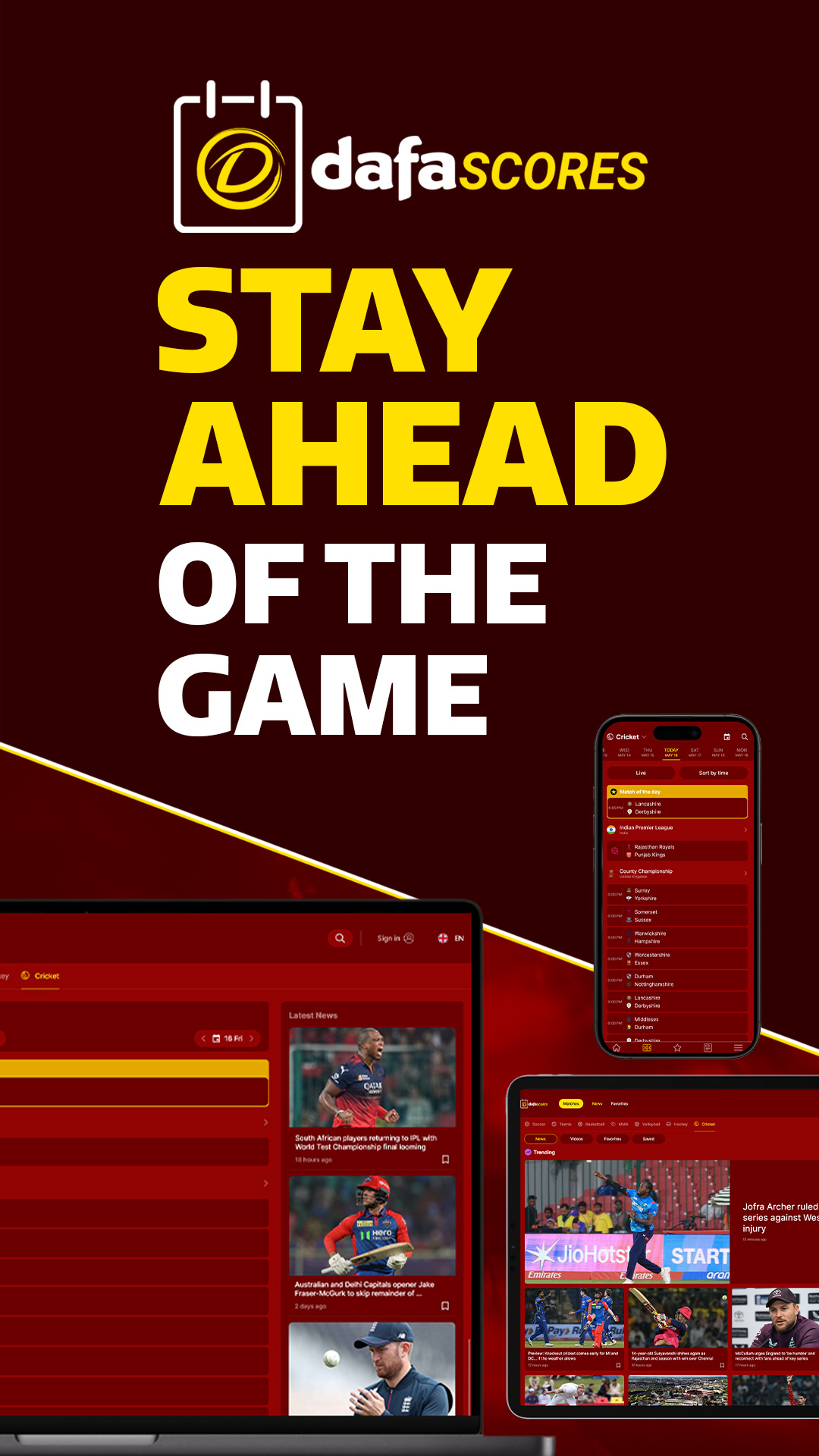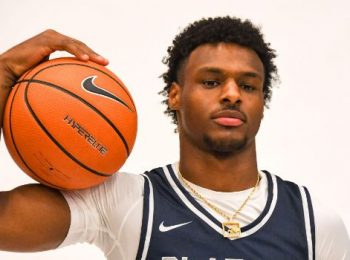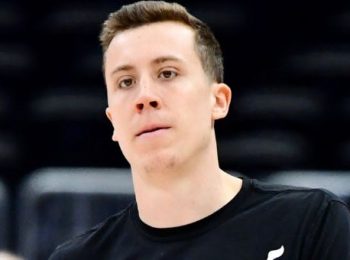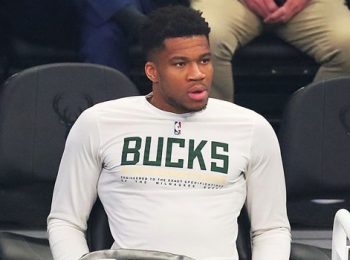The Zig-Zag Theory has long been a go-to strategy among NBA playoff bettors, built on the idea that momentum in a seven-game series tends to swing dramatically from one game to the next. Specifically tailored for the 2-2-1-1-1 format, this approach hinges on the emotional and tactical responses that teams typically display after a loss. At its core, the theory bets on human nature—assuming a team that just lost is more likely to bounce back, especially when facing urgency or playing at home.
The term “Zig-Zag” stems from the visual pattern created when teams alternate wins and losses throughout a series. For example, if a road underdog steals Game 1, the theory leans heavily toward the home team rebounding in Game 2. This isn’t just guesswork—data supports it. Historically, when a road team wins the opener, the home team bounces back to win Game 2 roughly 75% of the time. That’s a huge edge and one that bettors have tracked for decades.
One of the strongest edges appears in Game 3, particularly when a higher-seeded team wins the first two games at home and heads on the road. No NBA team has ever come back from a 0-3 deficit, which means the lower-seeded team in this spot is fighting to stay alive. That desperation translates to results: teams down 0-2 and returning home have won Game 3 about 60% of the time historically, with that number creeping up to nearly 66% in more recent playoff years.
Spread betting adds another layer to the theory. Teams that lose a playoff game cover the spread in their next outing 50.2% of the time. While that’s barely above a coin flip, digging deeper uncovers more nuance. Teams that both lose the game and fail to cover the spread have gone on to cover 49.4% of the time in their next matchup. Those that merely failed to cover, regardless of winning or losing, have only covered 48.8% in their following game. While the differences may seem small, they highlight the importance of context over blanket applications.
However, one angle does stand out statistically: home favorites that lose outright and fail to cover have covered at a 54.4% rate in the very next game. In betting terms, where a 52.4% win rate is needed to break even due to the standard -110 vig, a 54.4% edge is meaningful. Bettors who identify these specific rebound scenarios can gain real value—especially when oddsmakers haven’t fully adjusted.
Team quality also plays a role. NBA squads with a regular season win percentage of 60% or higher have covered 56.2% of the time after losing by three or more points. By contrast, teams under that 60% threshold have only covered 49.1% of the time in the same conditions. That delta highlights how elite teams are more capable of bouncing back—an element that can be layered into Zig-Zag betting models for sharper predictions.
But while the theory offers powerful insights, it isn’t foolproof. Emotional urgency doesn’t always equate to execution. Key X-factors like injuries, suspensions, poor matchups, and coaching adjustments can override the psychological bounce-back angle. For example, if a team loses its primary ball-handler due to injury, no amount of “zig” will likely fix its offensive rhythm the next game.
In today’s NBA, where three-point shooting introduces extreme variance, relying solely on historical trends becomes even riskier. A cold shooting night or an unsustainable hot streak from deep can easily deflate or inflate performance expectations. This volatility can disrupt the predictive power of any system, Zig-Zag included.
Another concern: sportsbooks are no longer caught off guard by public reliance on the Zig-Zag Theory. As bettors rush to back the bounce-back narrative, oddsmakers adjust spreads and totals accordingly, draining the potential edge. What once offered real value may now be baked into the line.
Ultimately, the Zig-Zag Theory is most useful when used as a supporting tool—not a standalone system. Smart bettors combine it with real-time data: injury reports, home/road splits, matchup breakdowns, coaching tendencies, and advanced metrics. Used correctly, it can highlight profitable spots. Used blindly, it can burn a bankroll just as fast.
Its longevity speaks to the core truth behind it—NBA playoff teams often respond dramatically to losses. The key is precision: recognizing the 75% win rate for Game 2 home teams after dropping Game 1, spotting the 66% Game 3 success rate for 0-2 squads at home, or backing strong regular season performers coming off a frustrating loss. But the minute you stop accounting for external variables, the Zig-Zag becomes just another line on a chart—predictable, and priced accordingly.







